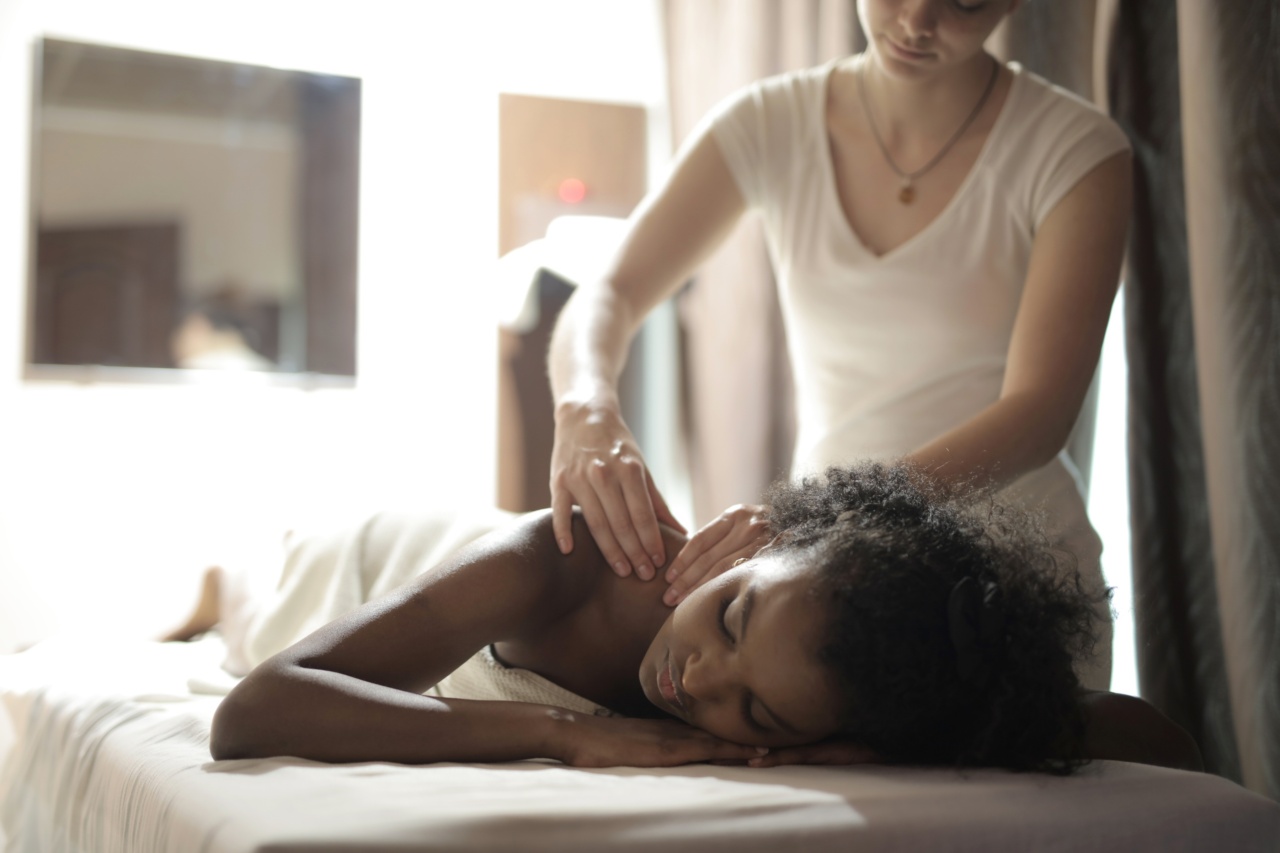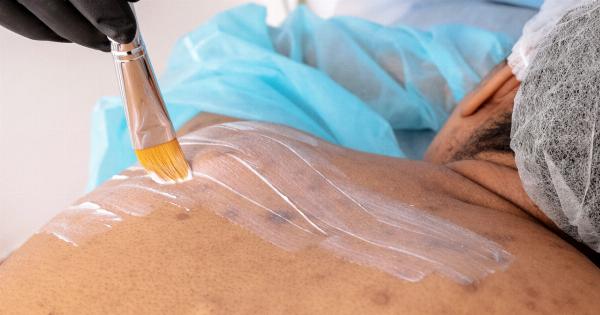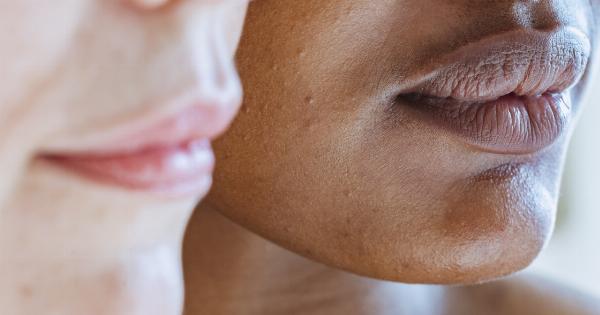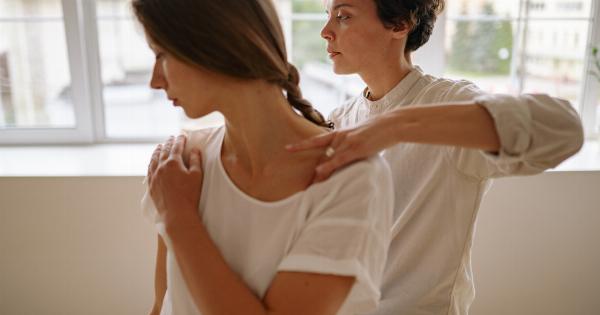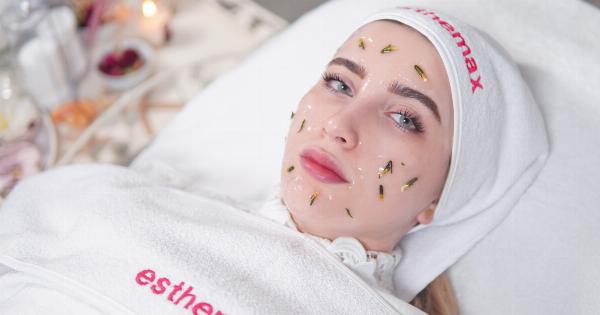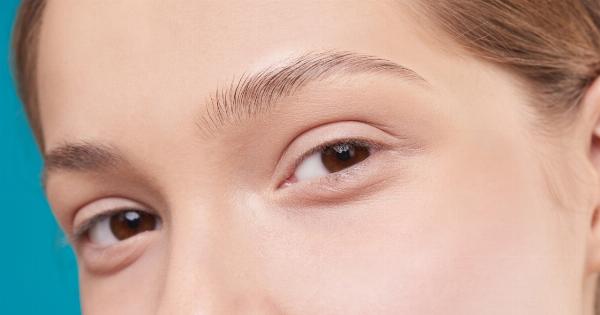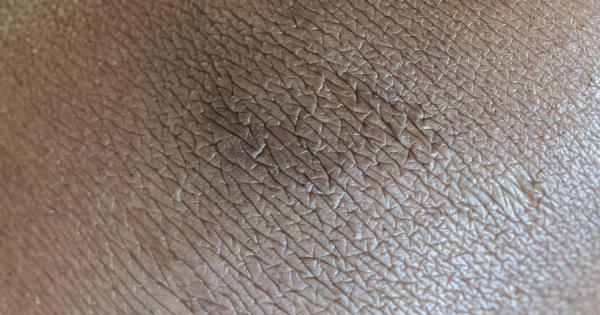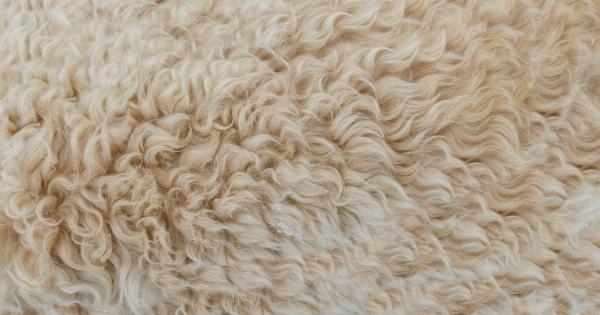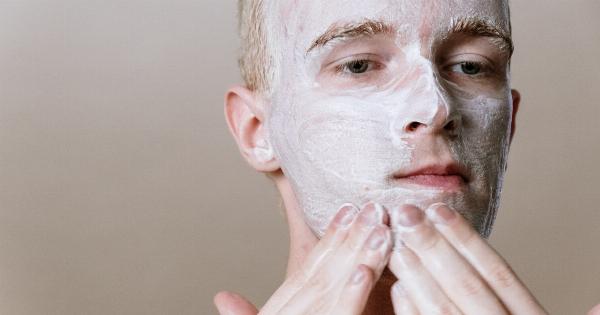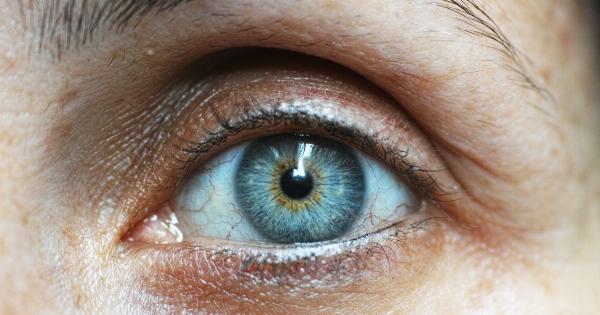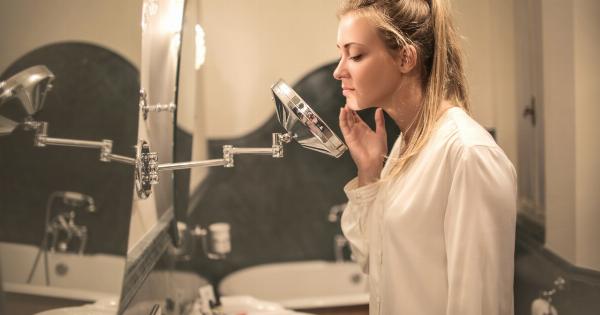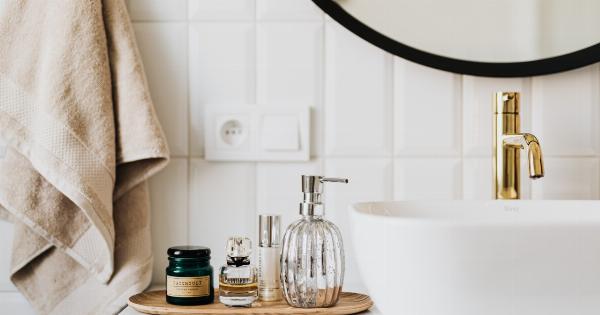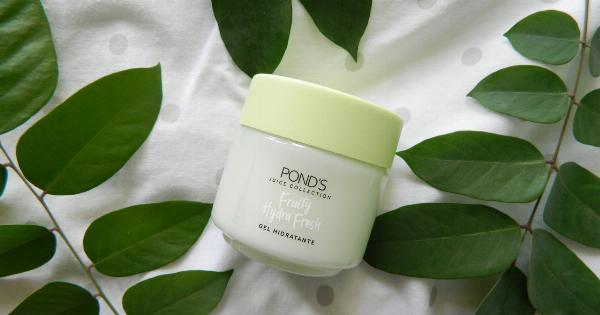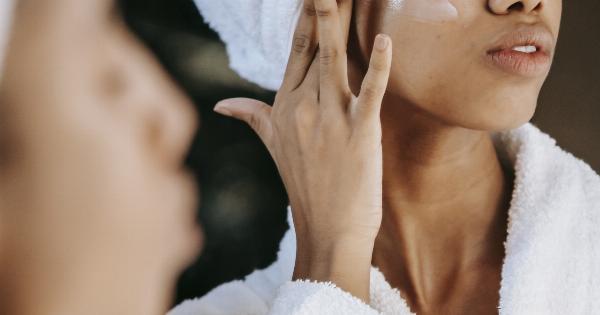Back pimples, also known as “bacne”, can be a frustrating and embarrassing skin condition to deal with. The good news is that with the right treatment and care, you can effectively manage and prevent breakouts.
Here are some do’s and don’ts to keep in mind when treating back pimples:.
Do: Keep Your Skin Clean and Moisturized
Keeping your skin clean is crucial in preventing and treating back pimples. Use a gentle cleanser that is specifically designed for acne-prone skin to remove excess oil, dirt, and dead skin cells.
Avoid using harsh soaps or scrubs, as these can irritate the skin and make breakouts worse. After washing your back, be sure to moisturize with a non-comedogenic lotion to keep your skin hydrated.
Don’t: Pick or Squeeze Your Pimples
It can be tempting to pick or squeeze your pimples, but this can actually make the problem worse. Not only can it spread bacteria and cause more breakouts, but it can also lead to scarring and discoloration.
Instead, use acne-fighting products that contain salicylic acid or benzoyl peroxide to help unclog pores and reduce inflammation.
Do: Wear Breathable Clothing
Tight clothing and synthetic fabrics can trap sweat and oil against your skin, leading to breakouts. To avoid this, opt for loose-fitting, breathable clothing made from natural fibers like cotton.
If you’re prone to back pimples, avoid wearing backpacks or tight-fitting brassieres as they can create friction and exacerbate breakouts.
Don’t: Use Harsh Chemicals or Scrubs
While it’s important to exfoliate and remove dead skin cells, using harsh scrubs or chemicals can damage your skin’s natural protective barrier and cause irritation.
Stick to using a gentle exfoliating body wash or a loofah to gently slough off dead skin cells. Additionally, avoid using heavily fragranced products, as they can also cause skin irritation.
Do: Use Topical Spot Treatments
Topical spot treatments can help dry out pimples and reduce inflammation. Look for products that contain salicylic acid, benzoyl peroxide, or natural remedies like tea tree oil or aloe vera.
Apply the spot treatment as directed and do not overdo it, as excessive application may further irritate the skin.
Don’t: Scrub Your Back Aggressively
While it’s important to keep your back clean and exfoliated, scrubbing your skin too aggressively can damage the skin’s natural barrier and cause irritation.
Instead, gently massage your skin with your chosen exfoliating product or loofah to remove dead skin cells and unclog pores. Be sure to rinse thoroughly and pat dry with a clean towel, avoiding rubbing your skin.
Do: Shower or Bathe After Exercise
After exercising, it’s important to shower or bathe to remove sweat and oil from your skin. Sweating can lead to clogged pores and back pimples, especially if you’re not wearing breathable clothing.
Showering or bathing after exercise can help prevent breakouts and keep your skin clean and healthy.
Don’t: Forget to Change Your Sheets and Towels
Your sheets and towels can harbor bacteria and oil, which can transfer to your skin and cause breakouts. Be sure to wash your sheets and towels at least once a week, and use a fragrance-free detergent.
Additionally, avoid using fabric softeners or dryer sheets, as these can irritate the skin.
Do: Seek Professional Help if Necessary
If you’re struggling with persistent back pimples or severe acne, it may be necessary to seek professional help.
A dermatologist can assess your skin type and condition, and recommend prescription treatments or procedures like chemical peels or laser therapy. They can also offer advice on how to establish a skincare routine that works best for your individual needs.
